According to Vice President of Animal Care & Health Julie Barnes, BVSc, MSc, integrative medicine has always been an important option for the Zoo’s animal wellness. Over the last few years, even more of these options have become available to use.
“The animals are here in our care, so we need to make sure we are trying to meet their needs as best we can,” says SB Zoo veterinarian Sara Neumann. “Here at the Zoo, the Animal Care and Health (ACH) team practices integrative medicine, a holistic, whole-animal approach that invites care beyond traditional medicine.”
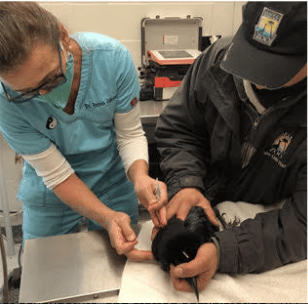
Often minimally invasive and taking into consideration the full spectrum of physical, mental, and emotional health, this care focuses on comfort, wellbeing, and longevity. Seeking non-conventional approaches can help reduce long-term side effects from medicine, invasive and inflammatory procedures, and stress.
In the last decade, the approach has become increasingly popular for domestic animals, and greater access to data and information has allowed this type of care to be transferred to wildlife. Earlier this year, the Zoo received a Class 4 Laser, began using the healing modality of acupuncture, and started administering CBD remedies to animals in need.
Class IV Laser Therapy
Class IV lasers provide therapeutic care for animals in the form of non-visible light and radio waves. These stimulate the production of adenosine triphosphate, or ATP, which influences cell processes such as healing and regeneration. This therapy can increase tissue regeneration, accelerate bone repair, increase cell production, and improve nerve function. It is excellent for increasing the speed of wound recovery and has been used to aid turtle shell lesions, as after surgery care, and for aging animals struggling with arthritic pain.
Acupuncture
Acupuncture is a 2,500-year-old practice from traditional Chinese medicine that uses tiny needles to stimulate certain nerve-rich trigger points in the skin. This small insertion invites the body’s internal healing system to respond, which can involve stimulation of the immune system, increased circulation, and pain modulation.
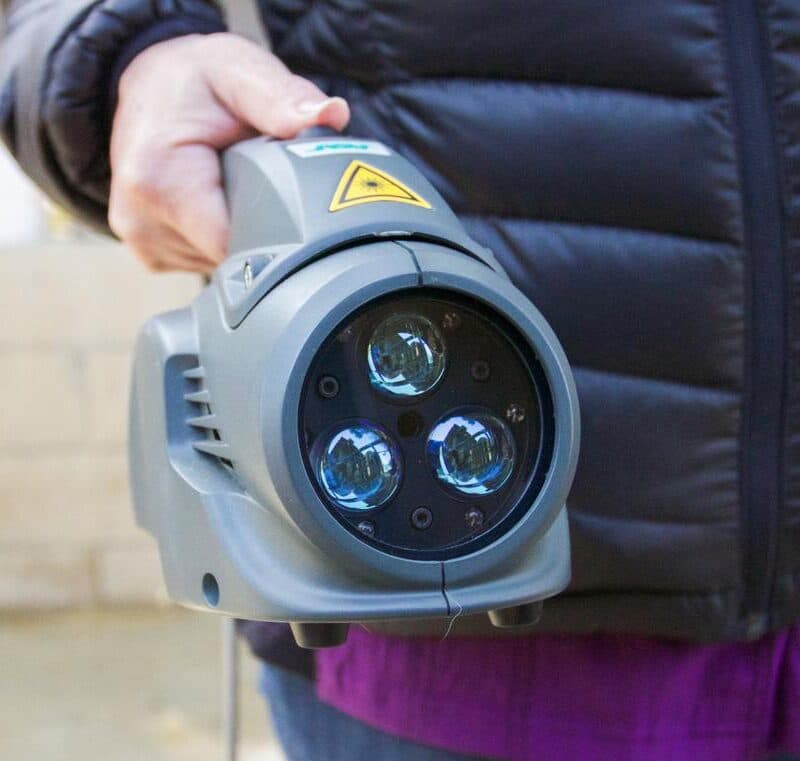
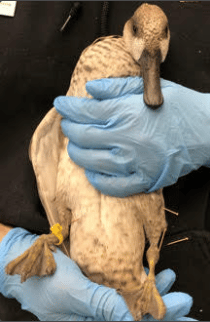
Here at the Zoo, a consulting veterinarian comes in to administer acupuncture for various species of animals, several of which are birds. The ACH team will set aside a whole day just for them to see patients, including arthritic Humboldt penguins, geriatric ducks, Stanley the tawny frogmouth, and Veronica the turkey vulture. Since different species need different amounts of time, Neumann shares that they will set up the day accordingly. The penguins and ducks usually require less time and will go first, followed by the other individuals. “For the most part they are calm, but sometimes needles fall out, and they tolerate the procedure well,” she says.
The ACH team always wants to ensure the animals at the Zoo have the best possible care and welfare. They are dedicated to constantly learning and implementing holistic treatment options to be used alongside traditional medicine so that animals thrive in every capacity and can live their best life possible.

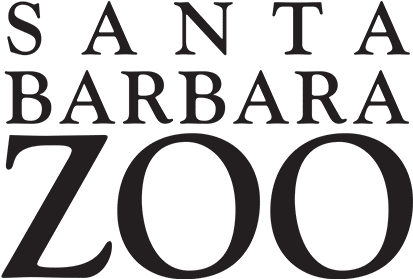

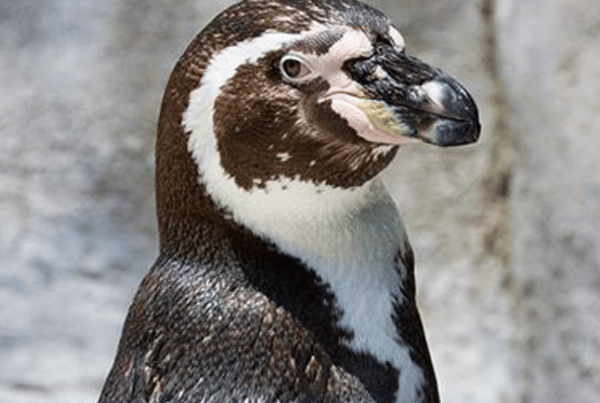
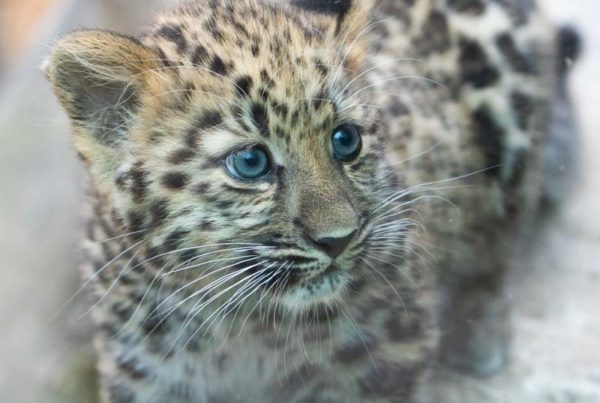
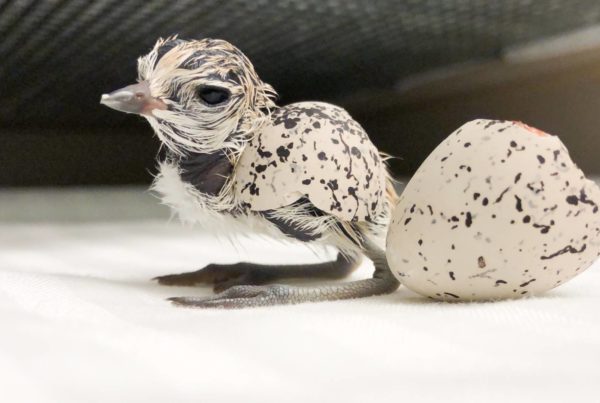

Since the introduction of integrative medicine to the Zoo’s veterinary center, keepers report that many animals have improved comfort, activity, and overall quality of life. Veronica the turkey vulture shows more vitality, the aging ducks walk around with increased ease, and there is relief for the Zoo’s geriatric animals.